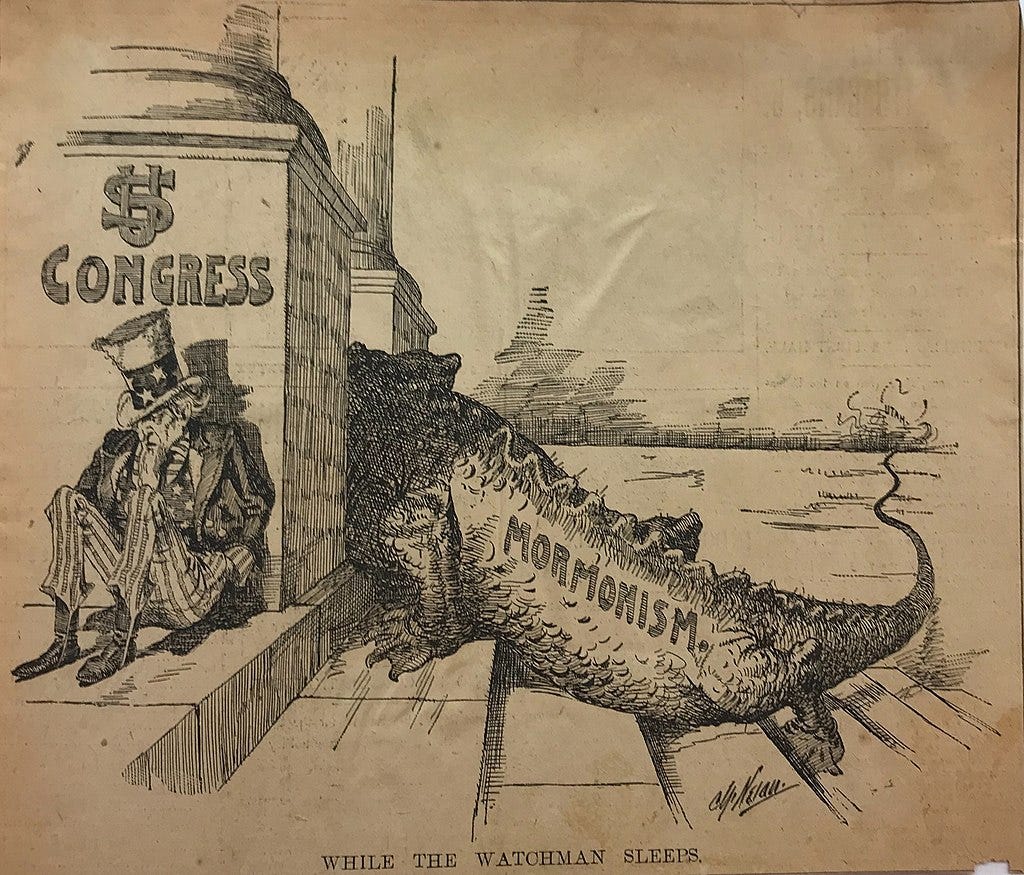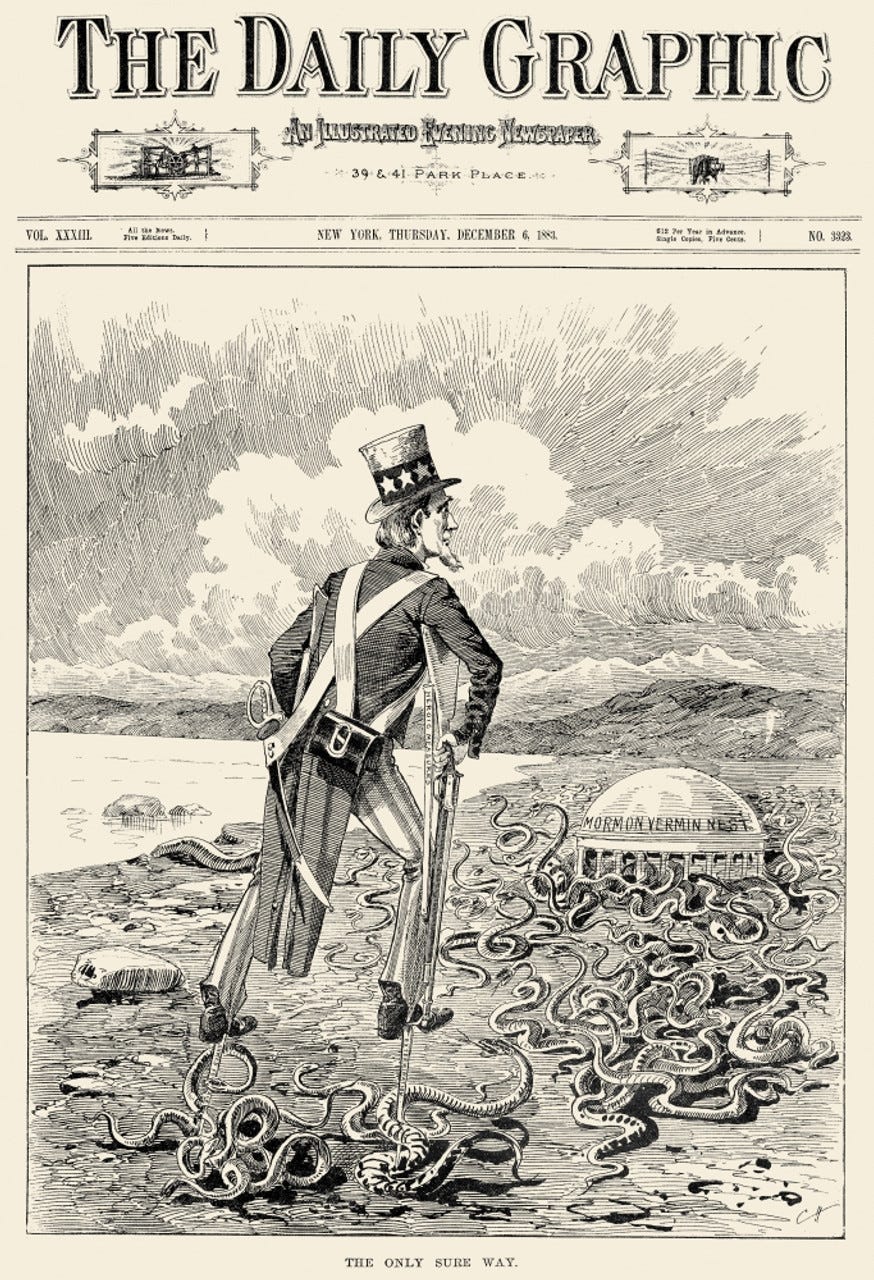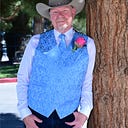Startling Mormon Historical Cartoons
A Time When The Mormon PR Machine Was Not As Effective!

Although History is a matter of the past, History is always used to impact and inform us about the present. In the same way, Mormon history can reveal much about modern-day Mormonism. The issues then are the same now.


From the 1840s, woodcuts and cartoons depicted Mormons negatively in anti-Mormon literature. During the second half of the 19th century, Mormon-related political cartoons satirized Mormon issues and events such as the Mountain Meadows Massacre, polygamy, and the death of Brigham Young in 1877. Mormons were often portrayed as an ethnic minority, which indeed they were at that time. Beginning in 1898, when B. H. Roberts was elected to U.S. Congress, and continuing through Reed Smoot's election to Senate, political cartoons focused on these politicians' ties to Mormonism and polygamy or Mormon Plural Marriage. After Smoot's hearing ended in 1904, cartoons about Mormons were less frequent.
The period from 1890–1930, including Utah statehood in 1896 through the Spanish-American war of 1898 and the infamous Smoot hearings of the early 20th century, was seen as a transition or Americanization of Mormonism. From that point, the barrage of political and anti-church cartoons slowed down as Mormons became viewed as mainstream Americans. However, anyone who studies Mormonism or is part of the Utah cult will acknowledge the issues we see in the following cartoons and pictures are still valid. The Mormon church has a very professional and busy P.R. department, including its media, tv, and radio stations that ensure the Utah desert is still seen as blooming like a rose.


'The only sure Way. An armed Uncle Sam approached the Mormon Tabernacle in Salt Lake City on stilts to enforce the Edmunds-Tucker Act of 1882, which declared polygamy a felony and revoked the polygamists right to vote. Cartoon from an American newspaper of 1883.































A modern-day version of these Mormon-based cartoons can still be seen from time to time. Although the extensive Mormon machine controls, directly and indirectly, much of the media in Utah and beyond, we occasionally see examples of political, religious, and cultural cartoons. In Mormon land, politics, religion, and culture are rolled into one. They are the same animal.

To see more of my work, please check out the following articles. Please feel free to share, give me a clap, and follow me for up-to-date writings.
